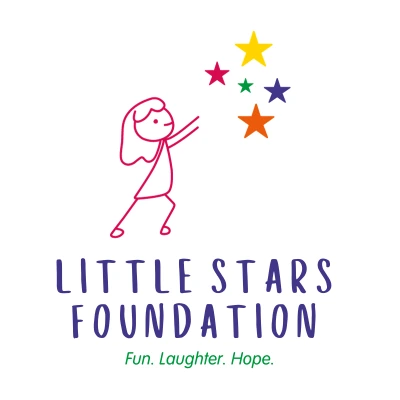
Little Stars Kids has rebranded into two separate areas to better reflect our work. Please click on the website you wish to visit below:

Charitable Foundation helping Queensland children thrive.

Specialised education support programs for children in out-of-home-care and Children who require specialised and flexible learning support.